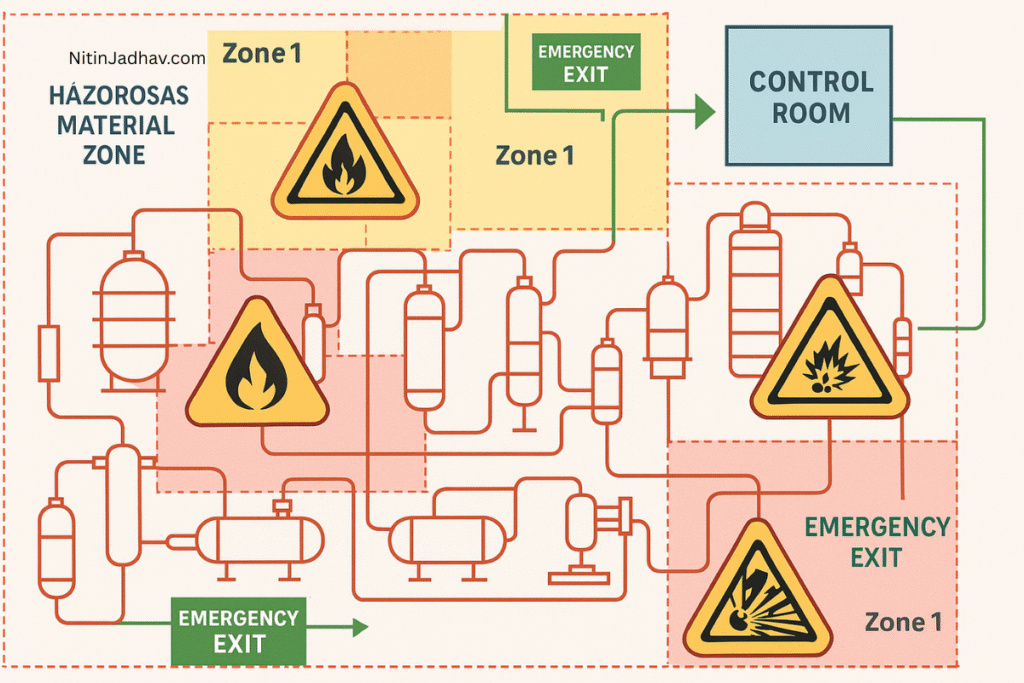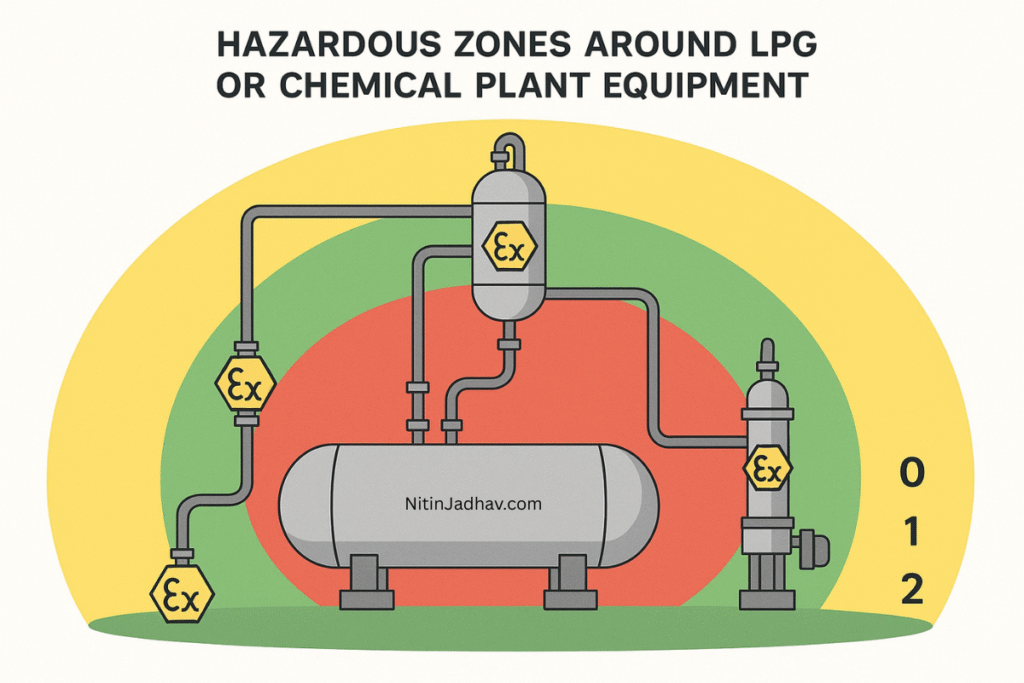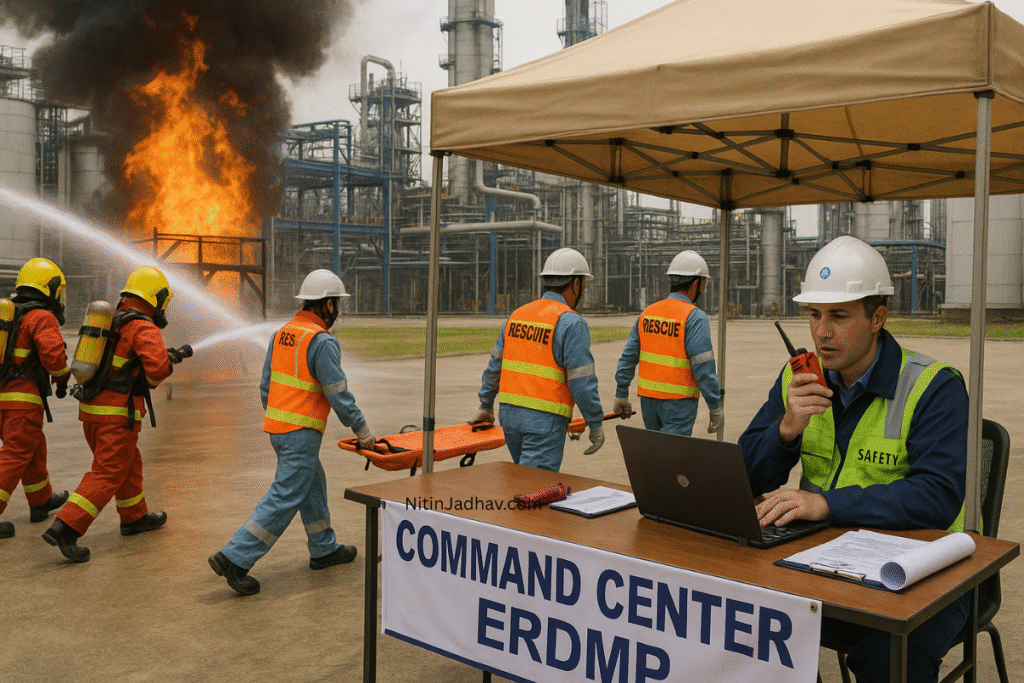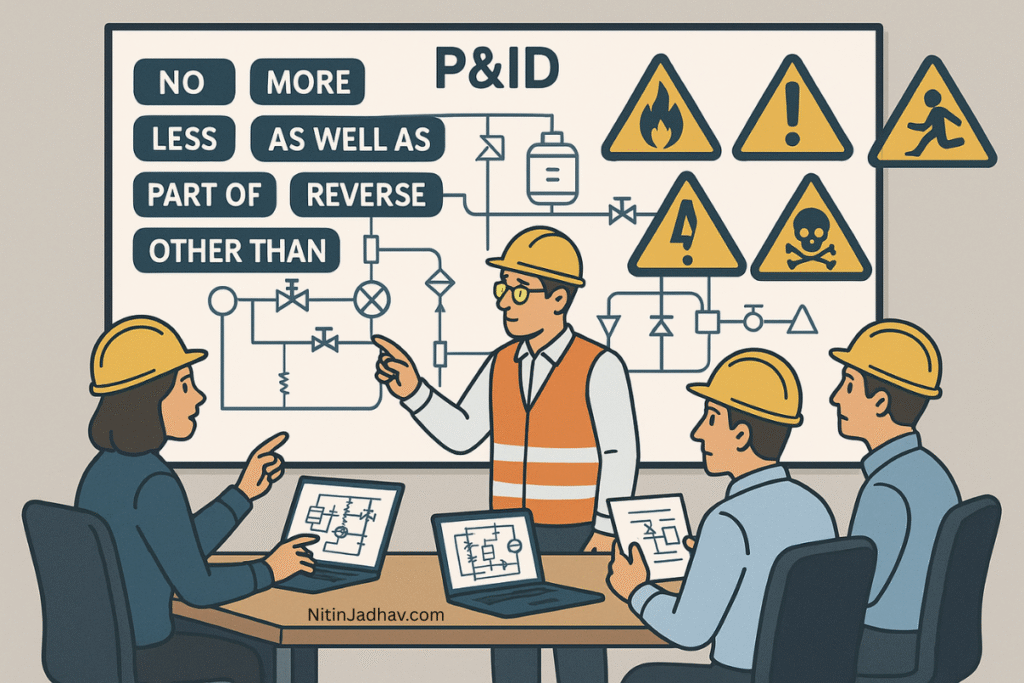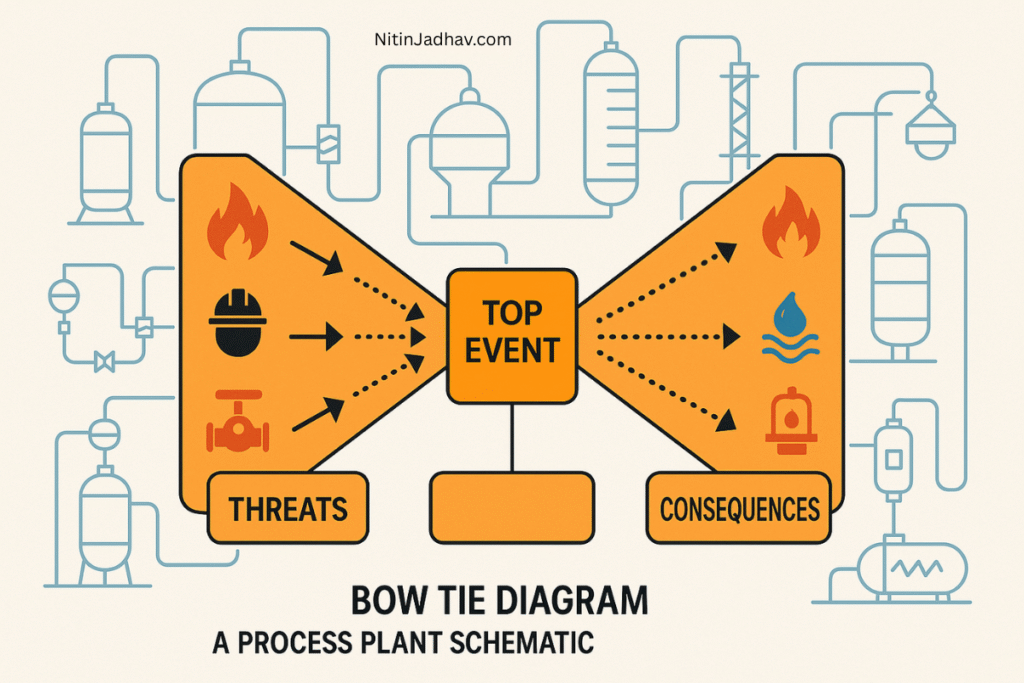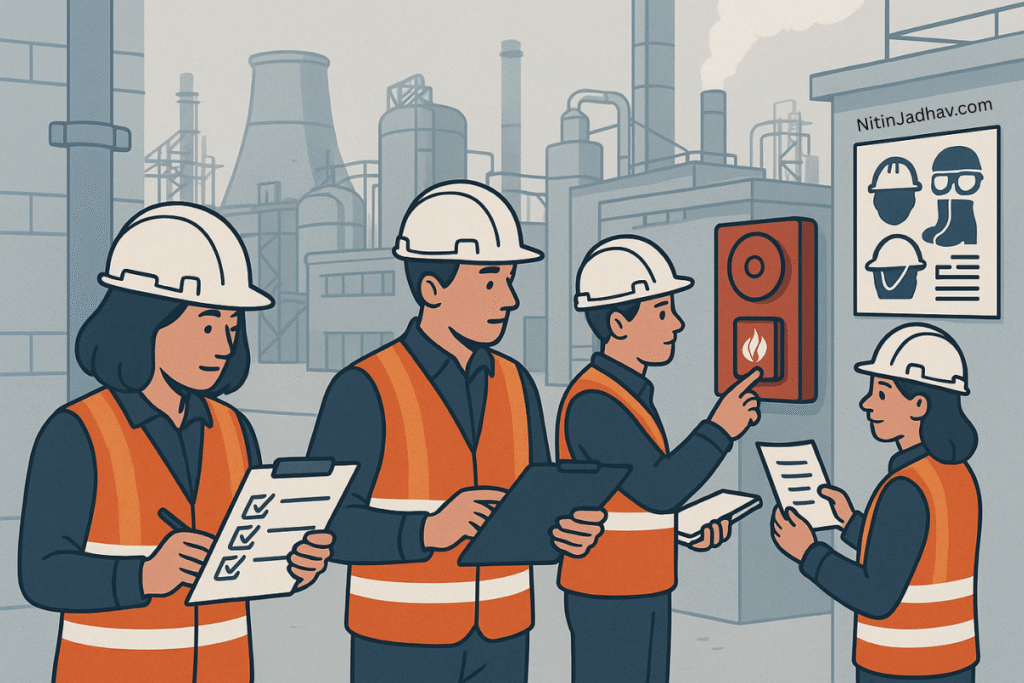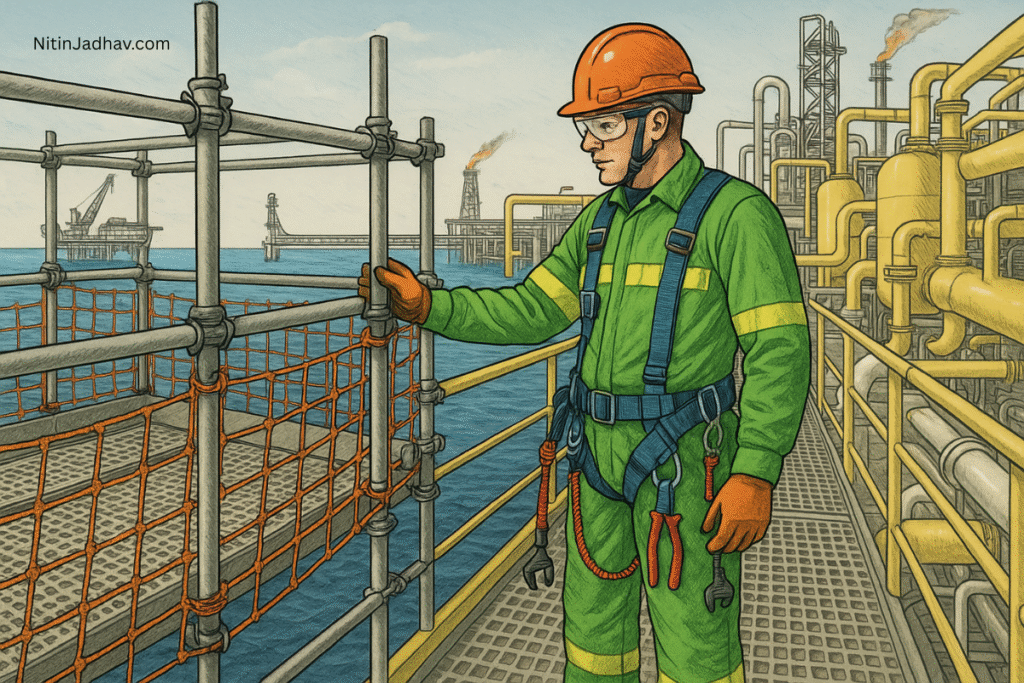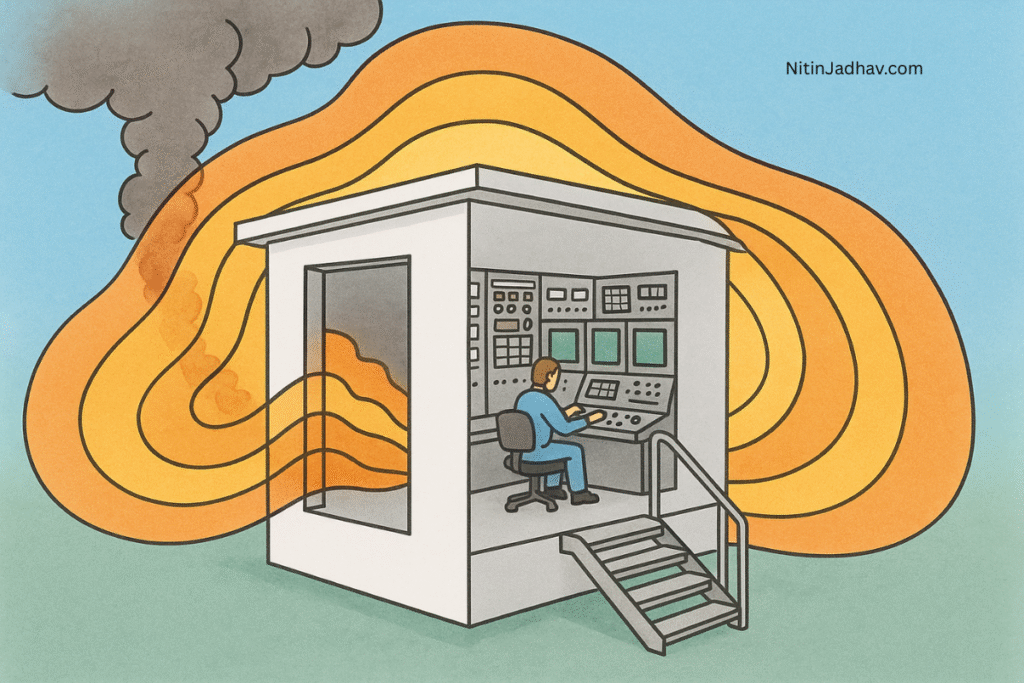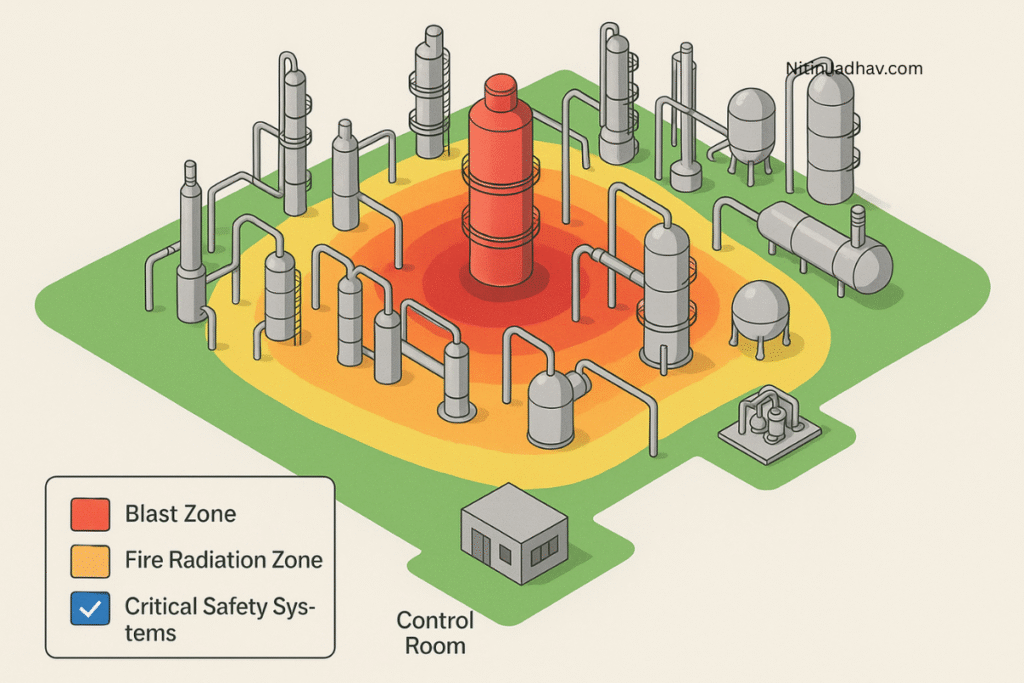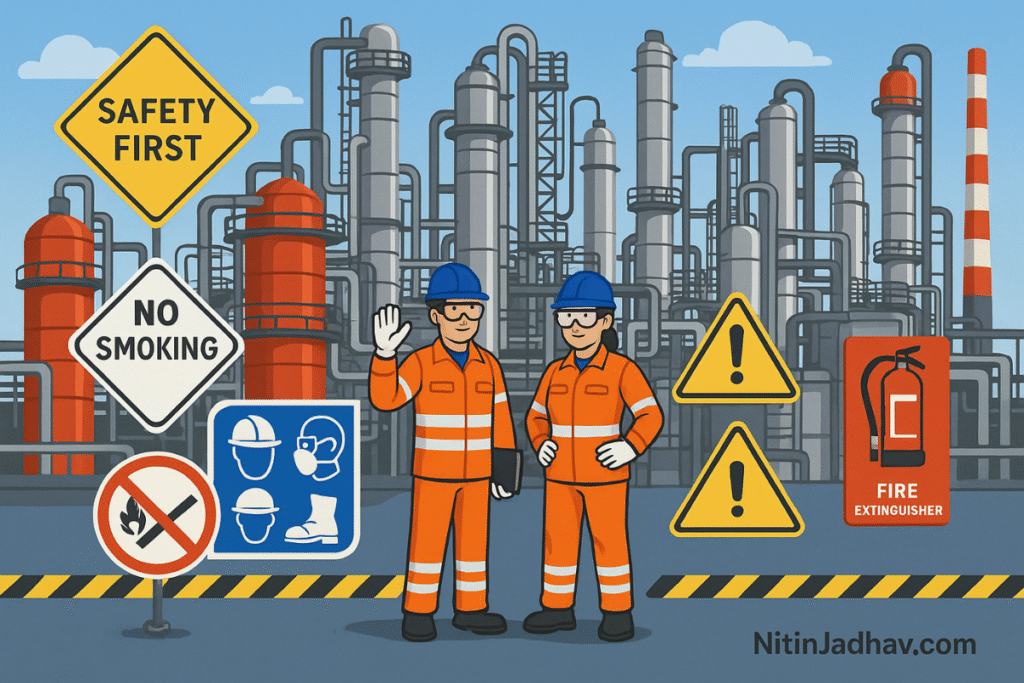Process Safety
Welcome to the Process Safety section of NitinJadhav.com – your go-to destination for in-depth knowledge, practical guides, and real-world case studies in the field of process safety and loss prevention.
This category is dedicated to chemical engineers, safety professionals, EPC consultants, plant managers, and risk analysts who work across the oil & gas, petrochemical, refinery, fertilizer, and energy sectors. Here, we break down complex concepts related to HAZOP, LOPA, SIL, QRA, Fire Risk Assessments, PSM, hazard identification, and emergency response planning into clear, actionable insights.
Explore well-researched content aligned with OISD, NFPA, API, CCPS, IEC 61511, and other global safety standards. Whether you’re working on greenfield projects, revamps, or safety audits, our blogs help you stay updated with the latest methodologies, regulatory updates, and industry best practices.
At NitinJadhav.com, we aim to empower professionals to design safer plants, mitigate major accident hazards (MAHs), and build a culture of safety excellence.
